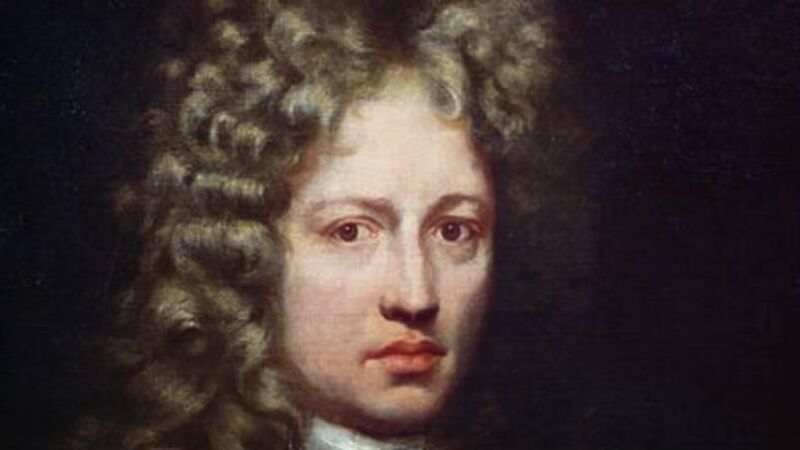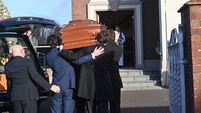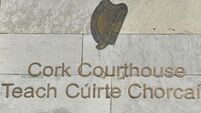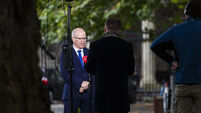'Major breakthrough' in search for Patrick Sarsfield's remains

Last November, Dr Loïc Guyon, the Honorary Consul of France in Limerick, wrote to the Mayor of Huy to request his assistance in trying to locate Sarsfield’s burial site.
Campaigners searching for the remains of Patrick Sarsfield believe they may have found the 1st Earl of Lucan’s burial site.
In the aftermath of the signing of the Treaty of Limerick in 1691, Sarsfield, along with some 15,000 Irish Jacobite soldiers went into exile in France.













